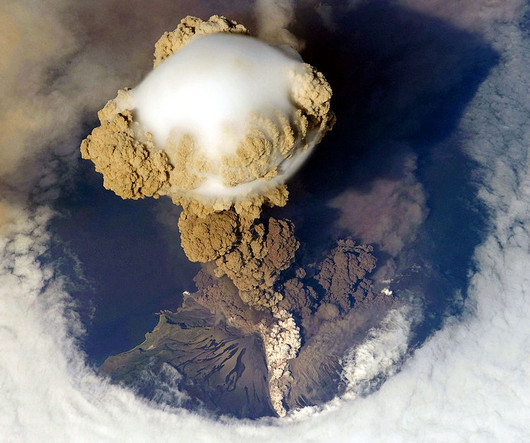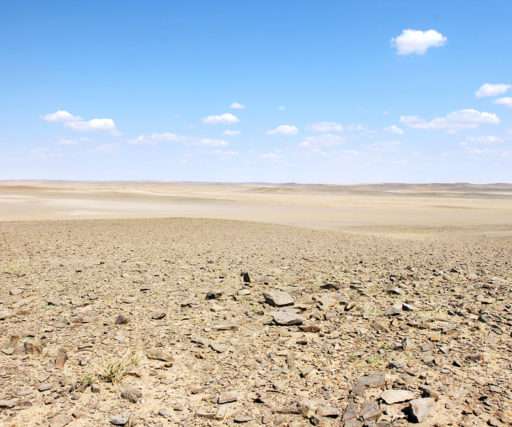Should there be a ‘non-use’ agreement on solar geoengineering?
Legal Planet
FEBRUARY 23, 2023
Don’t fund technology development. Don’t issue patents for technologies. Don’t deploy the technologies. The recent announcements from ‘Make Sunsets’ that they are selling ‘cooling credits’ based on an untested and unverified form of solar geoengineering has generated condemnation from all sides.














Let's personalize your content